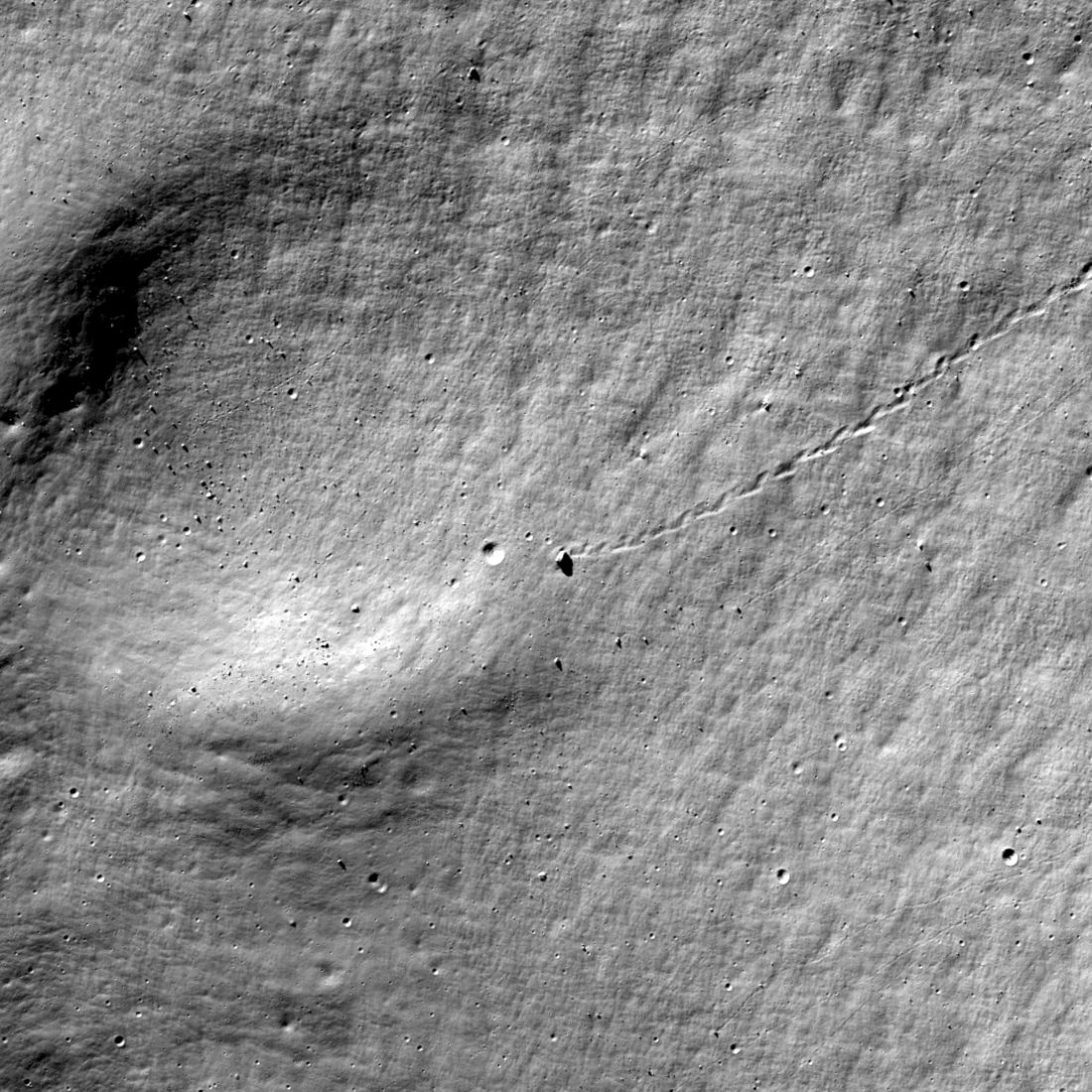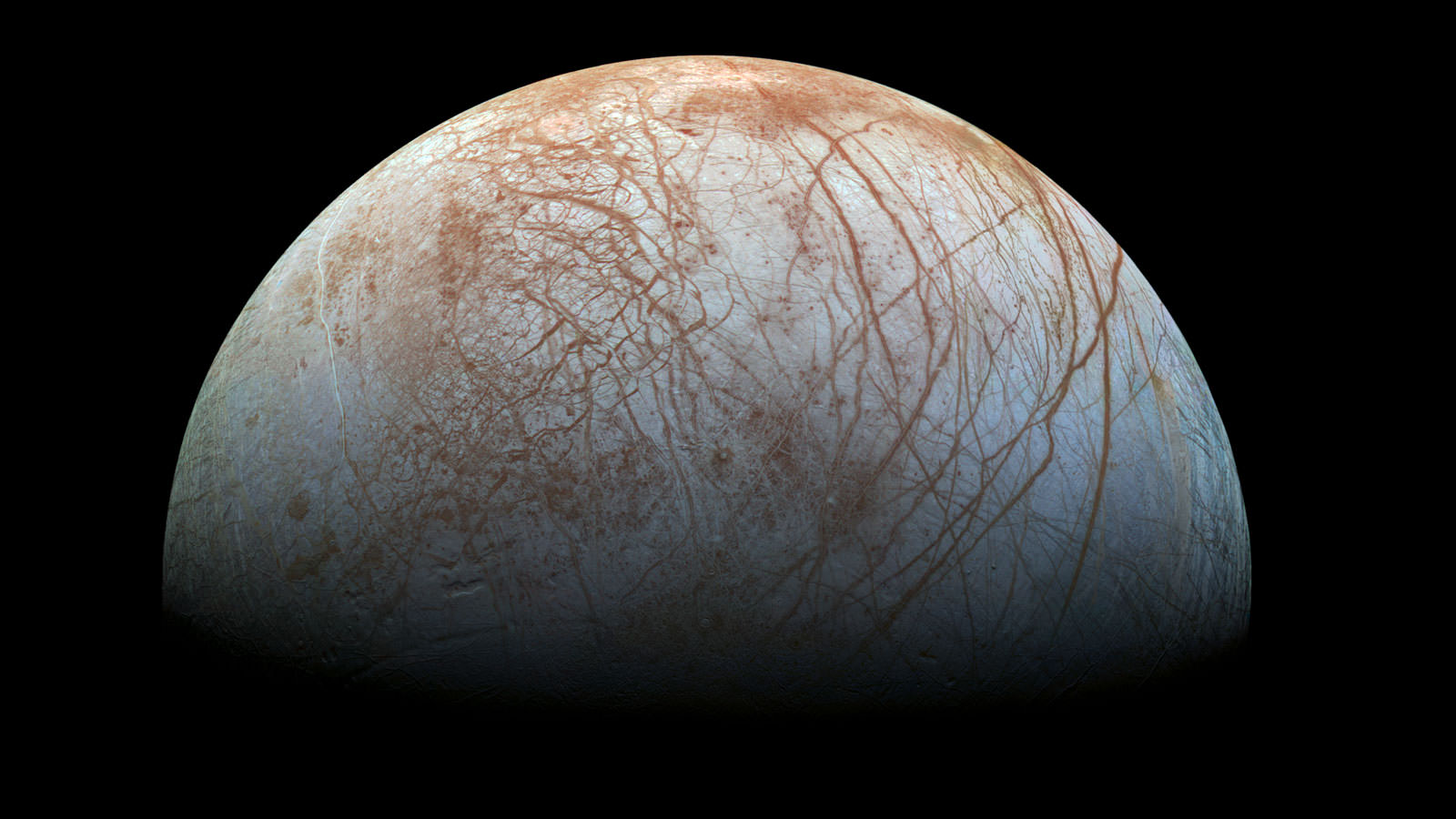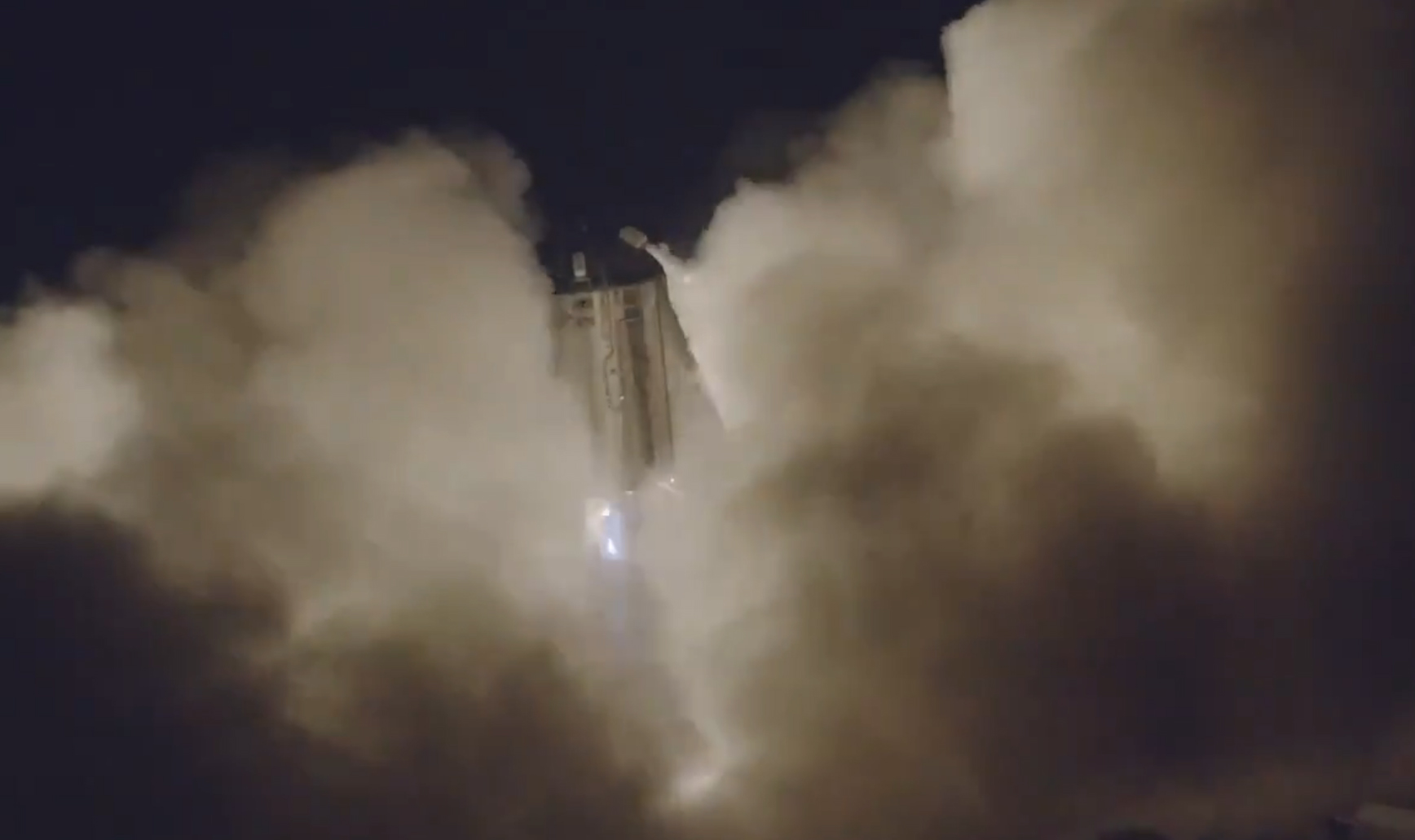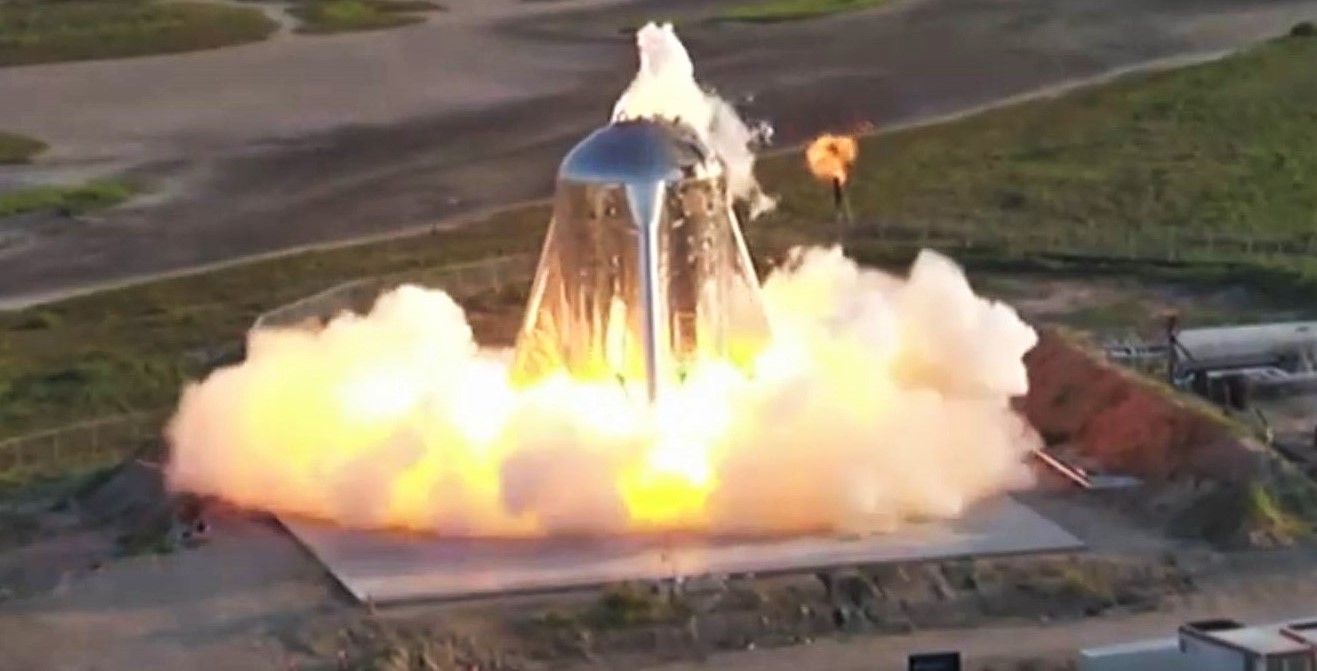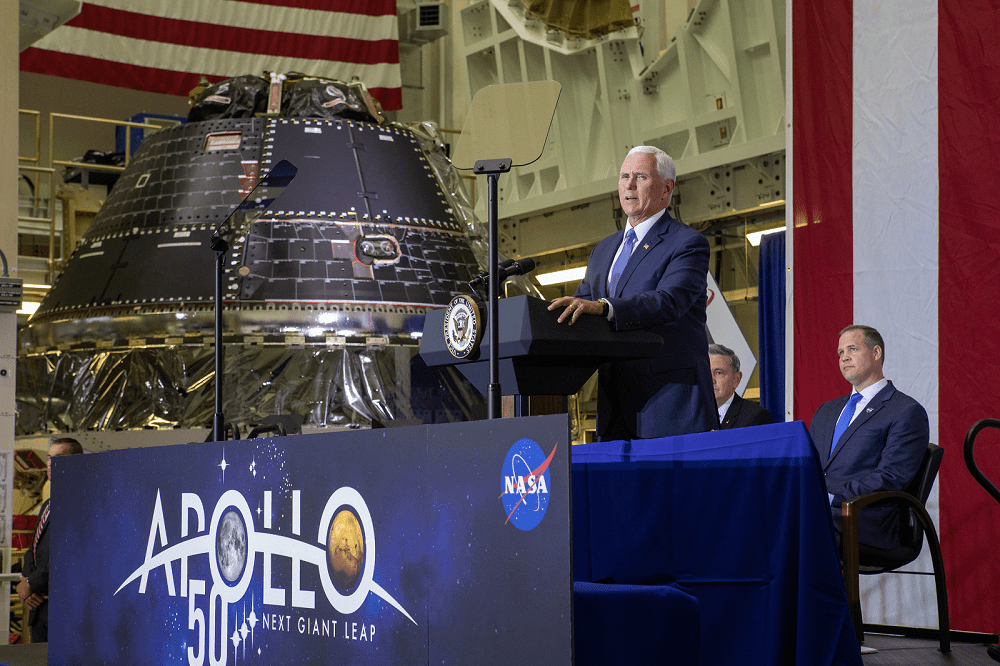On Wednesday, July 24th, the people of the Great Lakes region were treated to a spectacular sight when a meteor streaked across the sky. The resulting fireball was observed by many onlookers, as well as the University of Western Ontario’s All-Sky Camera Network. This array runs across southern Ontario and Quebec and is maintained in collaboration with NASA’s Meteoroid Environment Office (MEO) at the Marshall Space Flight Center.
What is especially exciting about this event is the possibility that fragments of this meteorite fell to Earth and could be retrieved. This was the conclusion reached by Steven Ehlert at the MEO after he analyzed the video of the meteorite erupting like a fireball in the night sky. Examination of these fragments could tell astronomers a great deal about the formation and evolution of the Solar System.
Continue reading “Bright Fireball Explodes Over Ontario, Meteorite Fragments Might Have Reached the Ground”

